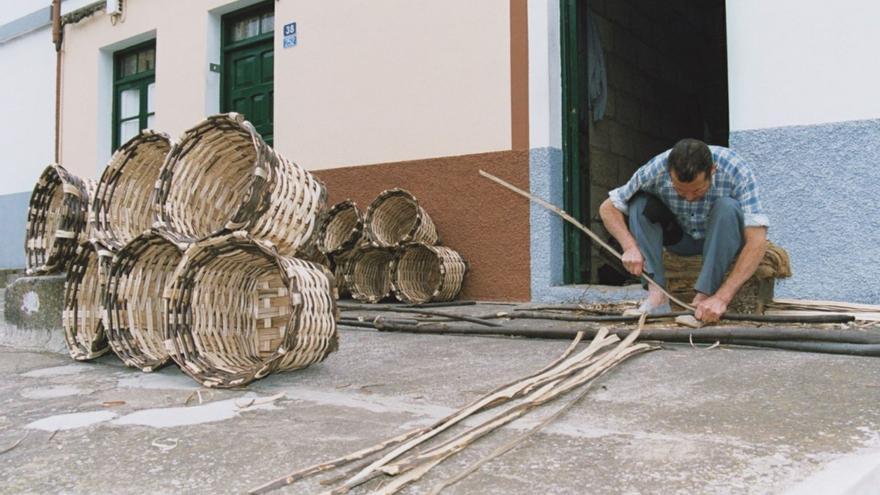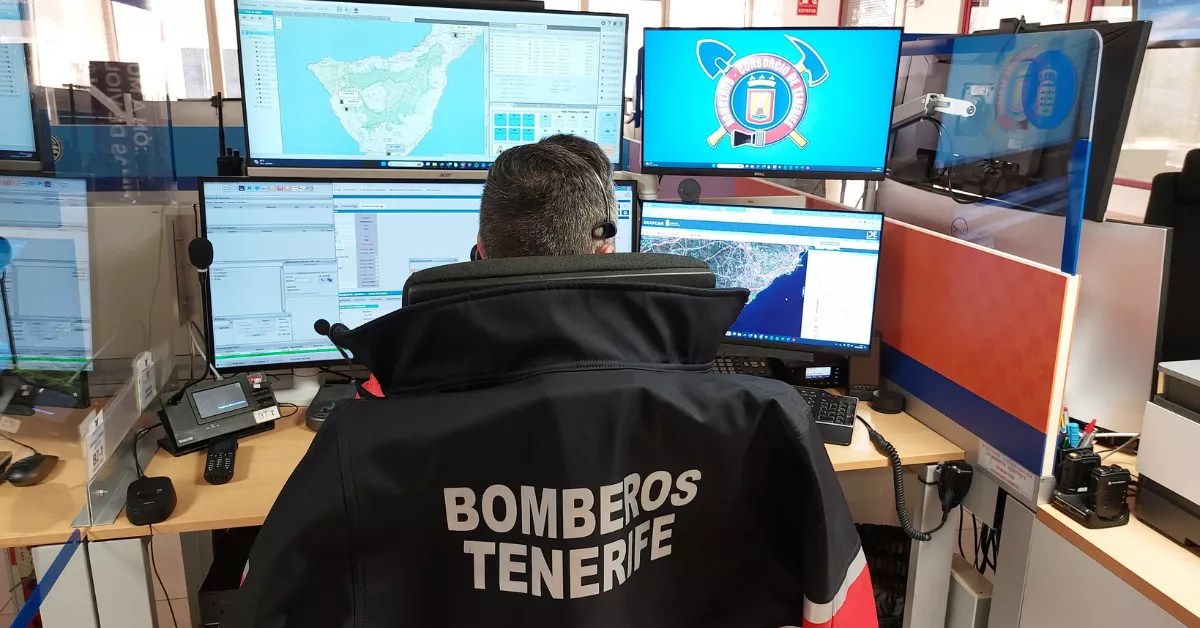
The City Council of La Orotava, the Cabildo de Tenerife and Cultania promote a didactic unit, prepared by Yaiza González Hernández and Alba Gonto, where some of the main secrets and curiosities of the artisanal activity of chestnut basketry in the Villa are detailed, which it is currently at risk of disappearing due to the lack of generational relief.
The Department of Agriculture of the City Council of La Orotava, the Cabildo de Tenerife and the company Cultania are the promoters of the teaching unit A thousand stories in a basket. Chestnut basketry in La Orotava, written by Yaiza González Hernández and illustrated by Alba Gonto, where some of the main secrets and curiosities that allow “turning a chestnut tree into a basket” are detailed. This craft activity, now at risk of disappearing due to the lack of generational change, was key to neighborhoods like Pinolere or La Florida, and this publication tries to make new generations aware of the value of a process that requires “a lot of calm and wisdom ». Below are the eight key steps to make a chestnut basket, as it will be explained in the classrooms of the small towns thanks to this guide.
Look at the sky.
Yaiza González explains that “in winter the basket makers observe the sky and, when the moon is in the waning phase, they go to the chuqueros areas ready to cut all the sticks they can get.” The chuqueros or choqueras are, at least in La Orotava, the chestnut trees pruned in a special way so that “very long and straight rods that grow very close together on the same root system” emerge from their trunk. This publication recalls that «the Valley of La Orotava was full of chestnut trees with this shape. They occupied the less fertile orchards, the edges of the land and the hills, but if there is an ideal area for their cultivation, that is the slope of La Orotava”, González details.
Cut and selection.
The basket maker must select his branches in the chuqueros and “the secondary branches are cut from each stick that they cut down and they keep the central stick, which is the best for making baskets.”
Prepare the ‘jace’.
Once the best sticks have been selected and cut, the chestnut basket makers “group the sticks or rods in several piles and tie them together to form a jace.” Canarian word with which bundles of firewood are popularly known, which in this case are a set of sticks, generally long and narrow, placed one on top of the other and tied in the central area.
Transfer to the shoulder.
The usual thing is that the basket makers and their collaborators were forced to “carry each one of the heavy hauls on their shoulders to a place accessible to the truck that will transport the load.” The location of the chuqueros usually prevents direct access by vehicles.
Until the workshop.
Due to the dimensions of the sticks selected by the basketmaker, it is usual for a truck to finish moving the wooden sticks to the basketry workshop, “where they will be stored for months.”
The soak.
The basketmaker must soak the wooden rods “as he needs them.” To achieve this, he «he introduces them into a kind of pond or special tank filled with water. They stay there for several weeks. The goal is to make them soften to make working with the wood easier.
The cut.
González explains that “when they are softer, the rods are split using a cutting tool, such as a podona or podona. With the help of hands and feet, the basket makers make several flexible strips from one stick.
The elaboration.
With this set of flexible strips of chestnut tree wood, softened with water, they begin to make the basket. “First they make its bottom, then the walls and finish the work finishing off the edge and the handles.” The technique they use is known as “interweaving.”















